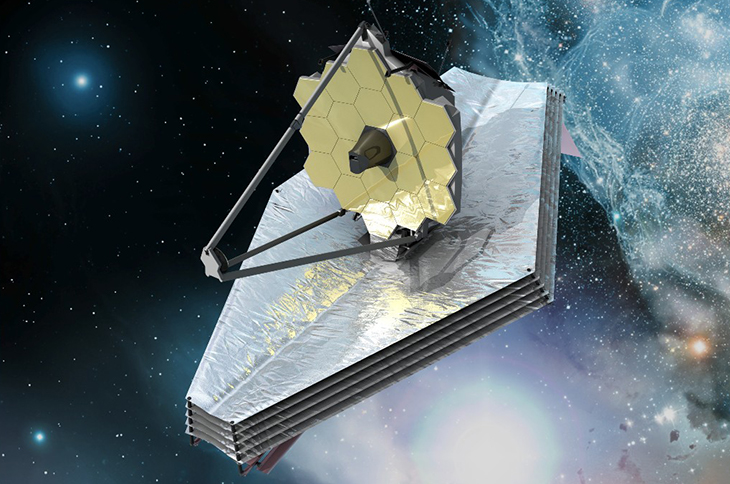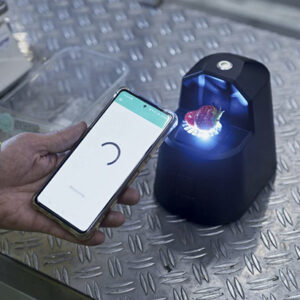
Talk about a Christmas day miracle! Okay fine, not so much a miracle but really more proof that science has continued to defy all the odds. On December 25, NASA launched its James Webb Space Telescope, all with the mission to study the earliest stars and look back than ever before into the universe’s past. The hope is to also explore our solar system, and other plants that are orbiting other stars, better known as exoplanets.
NASA Administrator Bill Nelson shared, “The James Webb Space Telescope represents the ambition that NASA and our partners maintain to propel us forward into the future. The promise of Webb is not what we know we will discover; it’s what we don’t yet understand or can’t yet fathom about our universe. I can’t wait to see what it uncovers!”
Just five minutes after the launch, the ground team already started receiving telemetry data from the telescope.
Attached to the James Webb was the Arianespace Ariane 5 rocket, which did as it was expected by separating from the observatory just 27 minutes into the telescope’s flight. As reported, ‘the observatory was released at an altitude of approximately 870 miles (1,400 kilometers).’ Then around 30 minutes after the launch, the telescope was able to unfold its solar array, after which the mission managers managed to confirm that the solar array was giving power to the observatory.
Associate administrator for the Science Mission Directorate at NASA Headquarters, located in Washington, explained “Webb’s scientific promise is now closer than it ever has been. We are poised on the edge of a truly exciting time of discovery, of things we’ve never before seen or imagined.”
Notably, this is considered the world’s biggest and most complex space science observatory, it will begin six months of commissioning in space. By the time this is done, it will be able to produce its first images.
The Webb telescope has four incredibly advanced science instruments that have incredibly sensitive infrared detectors of what is said to be unprecedented resolution. This means that the Webb has the ability to study infrared light from celestial objects with a higher clarity than what has been observed before. The telescope’s premiere mission is ‘the scientific successor to NASA’s iconic Hubble and Spitzer space telescopes, built to complement and further the scientific discoveries of these and other missions.’
Webb’s program director at NASA headquarters, Gregory L. Robinson, shared “The launch of the Webb Space Telescope is a pivotal moment – this is just the beginning for the Webb mission. Now we will watch Webb’s highly anticipated and critical 29 days on the edge. When the spacecraft unfurls in space, Webb will undergo the most difficult and complex deployment sequence ever attempted in space. Once commissioning is complete, we will see awe-inspiring images that will capture our imagination.”
This modern and radical technology has the ability explore every phase of cosmic history. It will be able to seek out and examine areas within our own solar system, to even further and distant observable galaxies in the early universe. The telescope is expected to discover and reveal surprising new elements and allow scientists to understand the origins of the universe, as well as where people truly stand within it.
Unveiling the Sunshield
Moreover, on January 4, the team also announced a major milestone during the telescope’s preparation for its scientific operations, which was that it had fully deployed the spacecraft’s 70-foot sunshield.
Associate administrator for NASA’s Science Mission Directorate, also from the agency’s headquarters, Thomas Zurbuchen, said, “This is the first time anyone has ever attempted to put a telescope this large into space. Webb required not only careful assembly but also careful deployments. The success of its most challenging deployment – the sunshield – is an incredible testament to the human ingenuity and engineering skill that will enable Webb to accomplish its science goals.”
The sunshield, which has five layers, protects the telescope from the heat and light of the Sun, Earth, and moon. Every plastic sheet is incredibly thin, as thins as a human hair, and it’s coated with reflective metal. It provides protection on the order of more than SPF 1 million. Used all together, these layers lessen the exposure from the sun ‘from over 200 kilowatts of solar energy to a fraction of a watt.’
This type of protection is very crucial as it keeps the Webb’s scientific instruments at temperatures of 40 kelvins, which is under minus 380 degrees Fahrenheit. This is cold enough that it can see the faint infrared light that the Webb is working to observe.
Webb’s program director at NASA Headquarters, Gregory L. Robinson, shared, “Unfolding Webb’s sunshield in space is an incredible milestone, crucial to the success of the mission. Thousands of parts had to work with precision for this marvel of engineering to fully unfurl. The team has accomplished an audacious feat with the complexity of this deployment – one of the boldest undertakings yet for Webb.”
Meanwhile, it will take another 5 and a half months to complete the space science observatory, which will include the ‘deployment of the secondary mirror and primary mirror wings, alignment of the telescope optics, and calibration of the science instruments.’ Once this is all in place, the Webb is expected to finally produce and deliver it’s very first images.
See more about the Webb’s launch in the ‘29 Days on the Edge’ video below.
What are your thoughts? Please comment below and share this news!
True Activist / Report a typo


